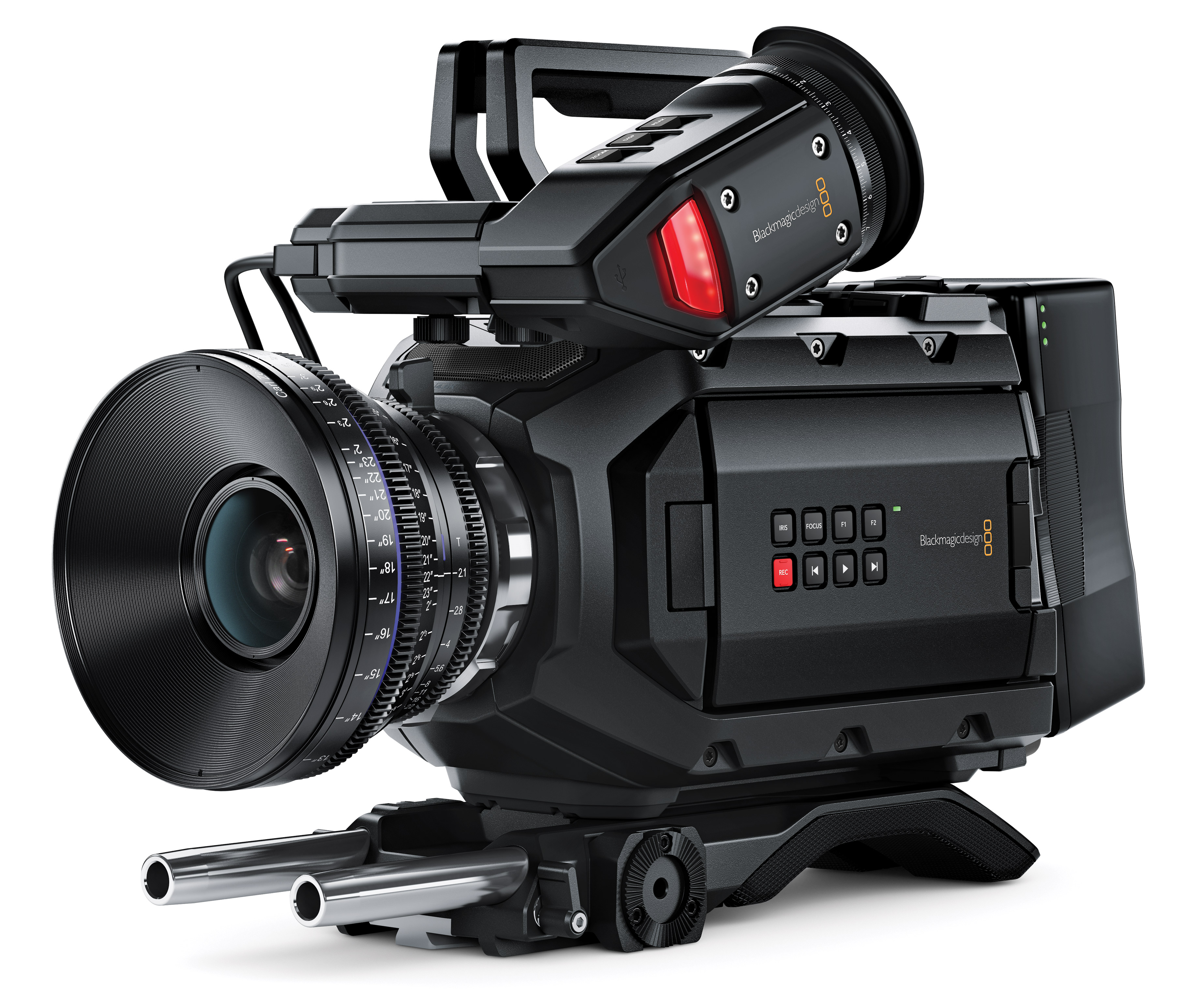Basic principles of Film Making
The 180 degree rule is
keeping on one side of the characters and only staying on that side, and you
can only move within that 180 degrees.
I did not know this rule prior to this lesson, but makes complete sense. It is important because you see the character with the same background, preventing confusion for the audience, as they may think that the location has changed.
We then got taught how to shoot sequences. Matt adjusted the camera to make a wide shot with him in it with a motorbike on a table. He recorded the video of him walking into the shot, picking up the bike and examining it then putting it back down again. He repeated this with a mid-shot and a close-up. The close-up only consisted of the motorbike itself.
Matt also taught us some 'studio lingo'. To let everyone know that your ready, you would say 'standby', then when you hit the record button you say 'rolling', which gives an indication to the director that the camera is ready and therefore he can say 'action'. I learnt that this keeps the studio organised and the words are not usual, therefore making it clear that they are professional and not to be mixed up with normal language.
Continuity is where you have to keep certain props in the same state to not make the shots messy or look different from a mid shot to a close up, which is meant to be happening at the same time, but filmed one at a time. We keep track of continuity by having an assistant who would write down notes about the scene, for example what hand the actor used to pick up an object or the positions of chess pieces on a board. To keep continuity in my sequence, we made the actor stand in the same place, take out her phone from the same location on her body, using the same hand.
We made our own sequence which consisted of someone walking into the shot, taking out their phone, looking at it then putting it away and walking off shot. We used the 180 degree rule and took a wide shot, mid shot, close up of her face and phone, an angled shot from the left and right, with added close ups of the phone from a left angle.
We shouldn't watch our footage back because then that wastes time on a set which may be costing a lot of money to rent. You also shouldn't let your actors watch the footage back either because they are most likely to hate the angle they are seen at and become self conscious which makes them change their acting.








